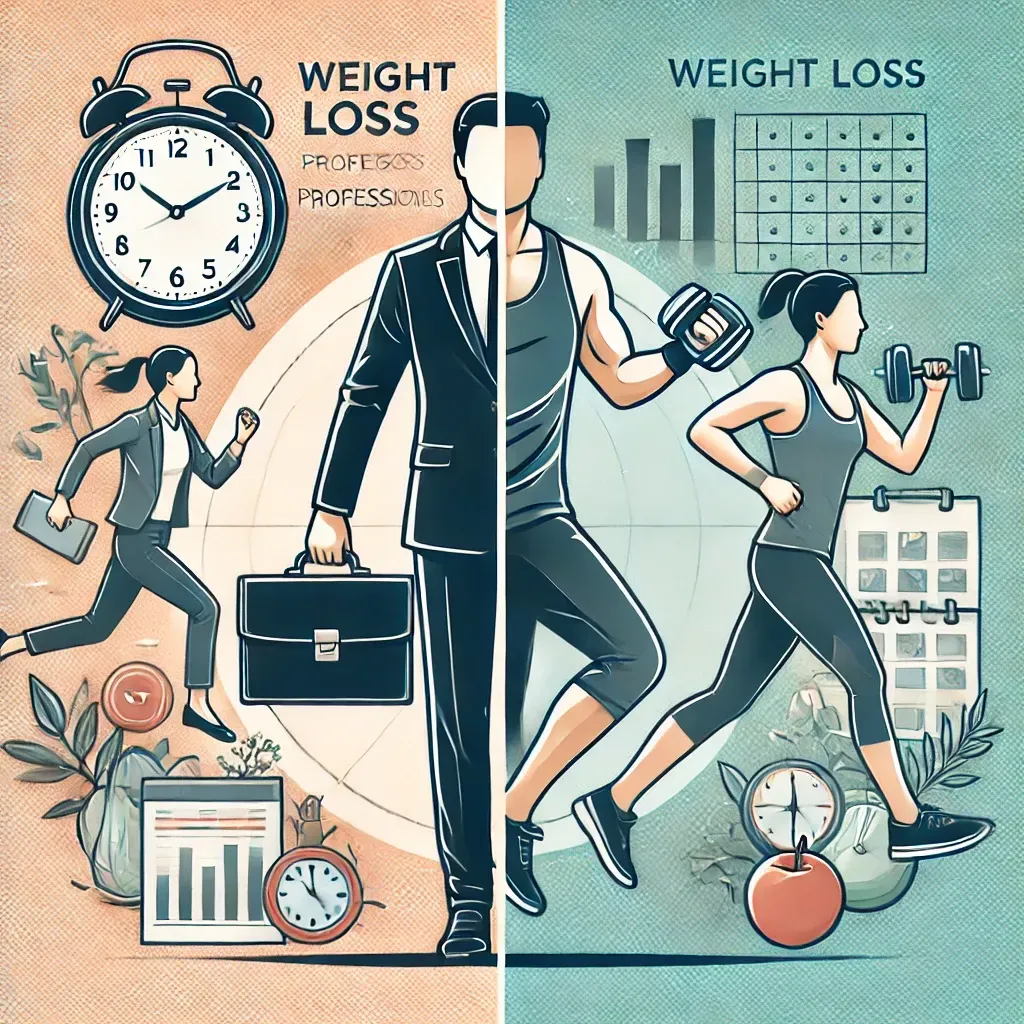Breaking Up With Social Media
How to Ditch Your Dopamine Dealer
Hey there, fellow social media addicts! Let's face it, we've all been guilty of spending too much time scrolling through Instagram, TikTok, or our favorite social media platform. (No judgment here, we've all been there.) who hasn't lost hours of their life watching cat videos or obsessing about videos of the latest trend?
It's no wonder we can't seem to put our phones down! But have you ever stopped to think about the impact of social media use on your brain? Specifically, the effect on dopamine release is the feel-good chemical that floods your brain when you get a notification or a like on a post.
In this post, we will discuss the importance of a digital detox and the impact of social media on dopamine release. But don't worry; I'm not here to shame you for your social media addiction (we're in the same boat, after all). Instead, we will offer practical tips for reducing screen time and implementing a successful digital detox.
So put down your phone (after you finish reading this, of course), and let's dive in!
Dopamine, What's the Story
Dopamine is a neurotransmitter that helps regulate emotions, motivation, and pleasure. It's released when we experience something pleasurable or novel. Those pleasurable chemicals flood our brains when we aimlessly scroll through social media posts. We form a dependence on the neuro-pleasure social media creates in our heads.
Social media platforms are designed to keep us engaged by providing a deluge of new content triggering dopamine release in our brains. This can lead to addictive behaviors and make stepping away from our screens difficult. In fact, research has shown that social media use can be just as addictive as drugs and alcohol.
It's not just the social media platforms that are to blame, but also how we use them. When we constantly check for new topics and scroll mindlessly, we reinforce the neural pathways that lead to dopamine release, making it even harder to break the addiction cycle. By understanding the impact of social media on dopamine release, we can take steps to reduce our use and implement a successful digital detox.
The Time is Nigh
It may be time for a digital detox if you're experiencing negative consequences from excessive social media use. Signs that it's time for a break can include increased anxiety, depression, and a decreased ability to focus or be present.
Other signs may include:
- Feeling the need to constantly check for notifications.
- Becoming irritable or moody when away from your phone.
- Experiencing physical symptoms like headaches or eye strain.
Taking a break from social media can help improve your mental health and wellbeing, allowing you to focus on more meaningful activities and relationships.
It can also help you regain control over your time and attention and reduce the negative impact of social media on your self-esteem and body image. You can improve your overall health and wellbeing by recognizing the signs that it's time for a digital detox.
Social Media Hygiene Strategies
If you're ready to take a break from social media and implement a successful digital detox, there are several strategies you can try. The first step is to set boundaries around your technology use. This may include setting designated times of day to check your phone or social media, turning off notifications, or limiting the amount of time you spend on social media each day.
Another helpful strategy is to replace screen time with alternative activities that bring you joy and fulfillment. This may include spending time outdoors, reading a book, practicing yoga or meditation, or pursuing a hobby or creative project. Consider deleting social media apps from your phone or taking a break from them altogether.
Consider finding a social media detox buddy to support each other. It can also be helpful to enlist the support of friends and family members. Tell them you're taking a break from social media and ask them to respect your decision. Another option is to seek out professional support, such as a therapist or counselor, to help you navigate the challenges of breaking the addiction cycle.
Remember, the goal of a digital detox is not to completely eliminate technology from your life but rather to use it in a way that enhances your life rather than detracts from it. By setting boundaries and finding alternative activities that bring you joy and fulfillment, you can improve your mental health and well-being and regain control over your time and attention. So go ahead and give it a try - your brain (and your soul) will thank you!
Well, my fellow dopamine junkies, we've come to the end of our digital detox journey. Hopefully, you've learned something new about the impact of social media on your brain and are motivated to make some positive changes in your technology use.
Remember, a digital detox doesn't have to be an all-or-nothing proposition. Even small changes to your social media habits can significantly impact your mental health and well-being. So start small, set realistic goals, and be kind to yourself.
And if you find yourself struggling, remember - there's no shame in asking for help. Whether seeking professional support or finding a friend to hold you accountable, you don't have to go through this alone.
So go ahead, put down your phone, and take a deep breath. There's a whole world out there waiting for you beyond the screen. And who knows - you might even discover a new hobby, make a new friend, or have a new adventure.
You got this! So what are you waiting for? Take the first step towards a healthier, happier, and more fulfilling life.


